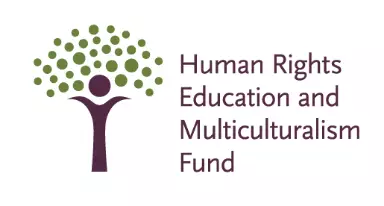
Donate to the Linda McKay-Panos Scholarship Fund

Donate to the Linda McKay-Panos Scholarship Fund
Lesbian, gay, bisexual, transgender, queer, intersex, questioning, asexual, two-spirit and others (“LGBT+”) [some materials now use the terms LGBTQ+, LGBTQ2S+, LGBTQIA2, LGBT2SQ, or LGBTTIQQ2SA, LGBTQIA2S+] youth are as diverse as heterosexual youth; they are white, black, Latino, Asian; they live in rural areas, small towns and big cities; some live with physical or mental disabilities; they are wealthy, middle-class or just getting by; they have left-wing, right-wing and middle-of-the-road political opinions. LGBT youth have diverse and sometimes contradicting opinions, diverse tastes in clothes and music, diverse life experiences and upbringings, and multi-layered, multi-faceted experiences of growing up LGBT+.
Sexual orientation is not as simple as it initially appears. The term ‘sexual orientation’ is about one’s sexual attraction, but also about: intimacy, forming a family and finding a partner with whom one has a strong emotional, spiritual, and physical attraction or relationship. Sexual orientation is a descriptor of overall attraction to the same-sex (lesbian, gay), and the opposite sex (heterosexual) or either sex (bisexual).
One view is to consider “sexuality” and “gender” to be on a continuum. Each of us can be found on that continuum between male and female, homosexual and heterosexual. Using this model demonstrates that we all have a ‘sexual orientation’. Many people only recognize that they have a ‘sexual orientation’ when the place they occupy on the continuum becomes problematic for those around them. Lesbian, gay and bisexual youth often become aware of being gay, lesbian or bisexual sometime during adolescence.
Sexual orientation refers to the gender of the person we are attracted to, whereas gender identity refers to the gender each of us identify as.
Although the phrase LGBT+ (or GLBT) is often used as an acronym, it only represents a portion of the people who are covered in the sexual and gender diversity categories. For instance, marginalized communities such as intersex men and women are not included in this acronym. In addition, individuals within the LGBT communities do not always use the same identifying terms to refer to their sexual orientation and gender identity. Some people have reclaimed the term ‘queer’, while others do not like the history of the word ‘queer’ as a derogatory and slanderous word used to defame LGBT communities. Other people, such as some LGBT people in aboriginal communities use the term ‘two-spirit’ to describe their sexual orientation/gender identity. These people do not feel that words such as ‘gay’ or ‘lesbian’ are useful in describing their identity.
The acronym ‘GLBTTIQQ2’ (“gay, lesbian, bisexual, transgendered, transsexual, intersex, queer, questioning, two-spirit”) has been used in some materials. However, the more inclusive the acronym, the less information that may be provided about the diversity of all the communities listed. All of these communities have unique histories, and each of them should be discussed in appropriate resources.
A bisexual person is attracted to both males and females, and may form a sexual and affectionate relationship with either sex. A person who is bisexual may not be equally attracted to both genders. It is important to reject a common stereotype that bisexuality is equal to non-monogamy. Bisexuality simply means that a person has not selected one particular sex from which to choose a sexual and affectionate partner. Bisexuality challenges the need for labels. It recognizes that we do not need to limit our partner choices to either the same-sex or opposite sex, but instead we can look at each individual person and decide upon our attraction, based on a full set of personal characteristics. However, as challengers to the either/or dichotomy of gender, bisexual people are subject to many stereotypical assumptions.
People assume that because a bisexual person has not chosen to date either men or women that means that person is somehow compelled to be promiscuous. This is not true. Someone who is bisexual chooses to have an emotional, sexual and affectionate relationship based on the person and not the person’s gender.
A trans-identified, transgender or transsexual person is someone who feels they were born in the wrong body (for example, someone born either with female anatomy who feels male, or with male anatomy who feels female, on a deep, psychological and emotional level) and therefore has a gender identity that is different from their birth gender. Just because someone is trans-identified does not mean that the person is lesbian, gay or bisexual. Gender identity and sexual orientation, although interwoven concepts, are separate issues. Gender identity is “one’s internal and psychological sense of oneself as a male or female, or both or neither.”
Anne Fausto-Sterling says, “biologically speaking, there are many gradations [of gender] running from female to male.” Gender as a continuum allows for each of us to self-identify our place on the gender spectrum, taking into consideration physical, emotional and societal considerations. However, in social reality, the concept of gender on a continuum is only in the exploration stages. Binary gender is deeply ingrained in our social and legal system. Whether it would be advantageous or realistic to move toward a spectrum approach to gender is a matter for gender activists and future generations to examine. Also many people who are questioning their gender identity strongly believe in there being two genders; they just feel that they were born in the wrong body.
Many transgender people know as early as when they are toddlers that their physical gender does not match their gender identity. Some are devastated by the physical changes that result from puberty, because they are convinced that their physical body will somehow change to fit their psychological identity. The process of coming to terms with being trans-identified can be profoundly confusing, especially for a youth who has no support in this discovery.
Once a transgender person comes out there are many more challenges to face. If the person is a youth living at home, parents will have a say in the youth’s transition. People disagree on what an appropriate age is to decide that one is transgender or transsexual, especially if that decision involves hormone therapy or surgery.
See the ACLRC pamphlet Employer’s Guide: Trans-identified people in the workplace.
“Coming out” is the process of revealing oneself as LGBT+. It comes from the metaphor of ‘coming out of the closet’. Coming out can be an ongoing process that persists throughout one’s life. A youth might come out to her parents, but still be in the closet with friends, relatives and/or teachers.
Not everyone is able to hide their sexual orientation or gender identity until they are willing to come out. For instance, people often make assumptions about an ‘effeminate’ male or a ‘butch’ woman. These assumptions will not always be correct because the way a person looks is not a definitive guide to sexual orientation. An effeminate male or a butch woman can be heterosexual. However those people who fit the stereotype and are lesbian, gay or bisexual, may be ‘outed’ simply by their appearance and peoples’ assumptions.
Coming out as a transgender male or female may take a different path than coming out as LGB. Some transgender people feel that once they have transitioned into the gender they identify with, they no longer want, or feel the need to ‘come out’ to new people in their lives. The feeling of finally looking in the mirror and seeing the gender that they expect, is so freeing that they want to put the past behind them. On the other hand, some transgender people have said that they feel the need to be out so that they can be active in the community or assist other men and women who need support.
The effect of being closeted takes a toll on LGBT+ youth, both mentally and spiritually. LGBT+ youth will benefit from support to create a safe space for them to come to terms with their sexual orientation and gender identity. A lack of safe spaces does not prevent people from being LGBT. Instead it increases the possibility of youth being exposed to bullying and violence, and thereby being forced into harmful situations.
LGBT+ people are not typical, but “joyous, mundane, tragic and everything in between.” They have lives and communities, births, deaths, graduations, jobs, good days, bad days and celebrations just like everyone else.




2500 University Drive NW
Calgary, AB T2N 1N4
(403) 220-2505
aclrc@ucalgary.ca